Only
Extraits
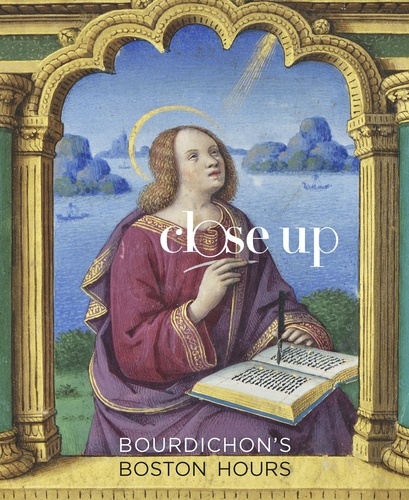
Beaux arts
Bourdichon's Boston Hours
09/2021

Histoire et Philosophiesophie
THE WOMAN WHO KNEW TOO MUCH. Alice Stewart and the secrets of radiation
02/2000

Sciences de la terre et de la
Les Serpents de la Guyane française
01/1987
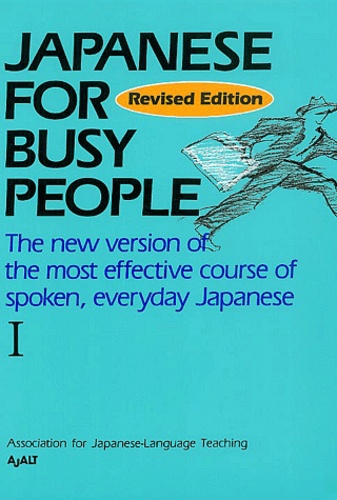
Autres langues
Japanese for busy people I. Revised edition
01/1994
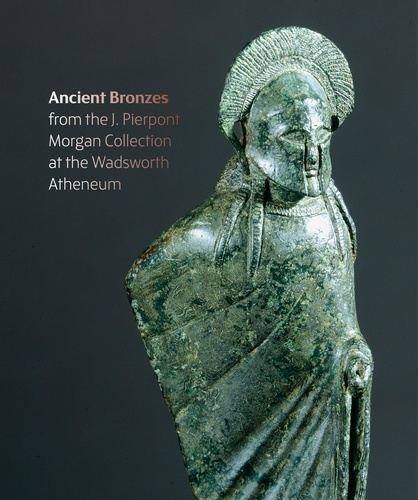
Fer forgé
Ancient Bronzes
03/2023
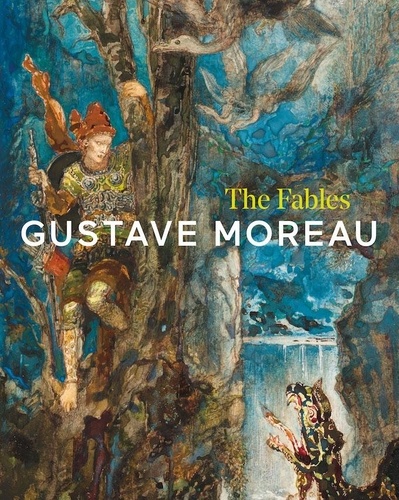
Monographies
Gustave Moreau. The Fables
08/2021

Histoire de France
Christian Democrat Internationalism. Its Action in Europe and Worldwide from post World War II until the 1990s- Volume III: The European People’s Party- Continental and Social Cooperation
12/1986

Ouvrages généraux et thématiqu
Les réseaux de sociabilité dans la culture des Lumières : Circulations, échanges et transferts. Tome VIII
12/2022
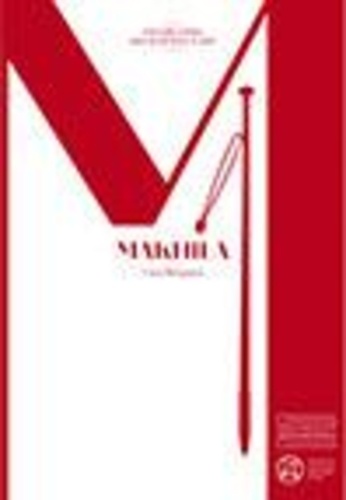
Arts et traditions populaires
Makhila
01/2022
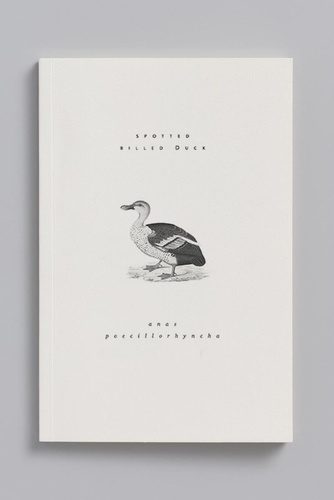
Littérature française
Carnet de notes Canard à bec tâcheté
11/2019
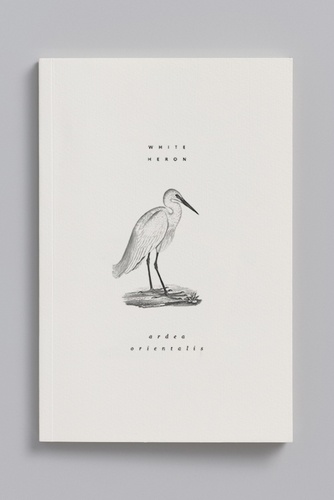
Animaux, nature
Carnet Animal aquatique - Aigrette garze. Edition bilingue français-anglais
11/2019
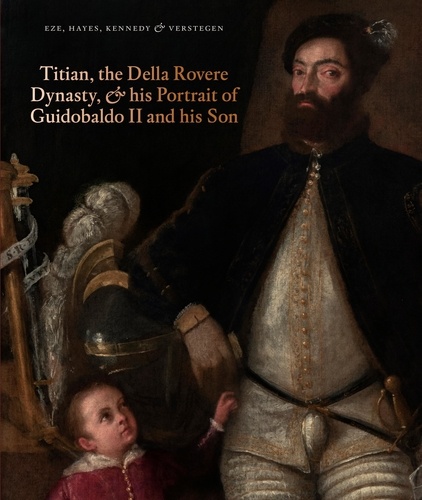
Histoire de l'art
Titian, the Della Rovere Dynasty, and His Portrait of Guidobaldo II and his Son. Edition
11/2021

Non classé
Proserpina</I>"
12/2008
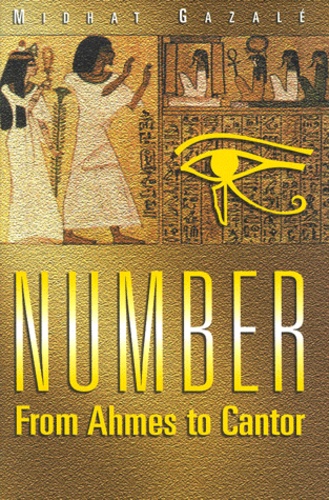
Histoire et Philosophiesophie
Number from Ahmes to Cantor
01/2000

Histoire et Philosophiesophie
Thinking about Physics
01/2000
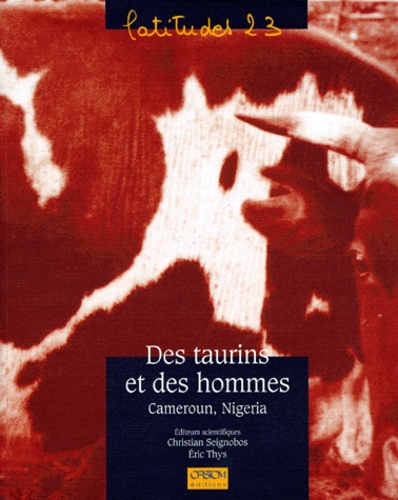
Ethnologie
Des taurins et des hommes. Cameroun, Nigeria
05/1998

Histoire de la philosophie
Advanced Course in Yogi Philosophy and Oriental Occultism
10/2022

Tourisme étranger
Moroccan tracks Volume 11. The sagho djebel
08/2022
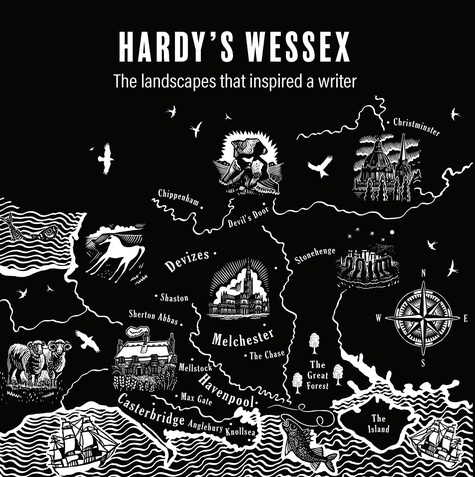
Monographies
Hardy's Wessex. The landscapes that inspired a writer
06/2022
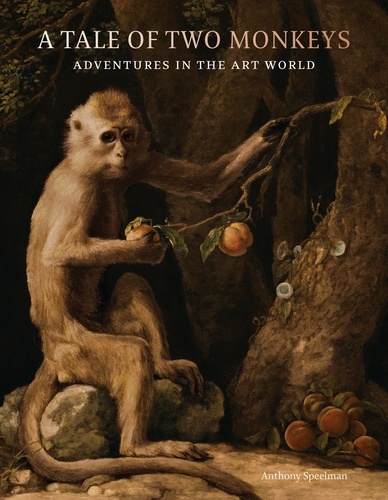
Monographies
A Tale of Two Monkeys. Adventures in the Art World
12/2022
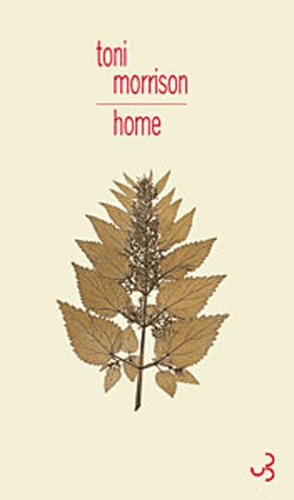
Littérature étrangère
Home

Réseaux informatiques
Windows Server 2019. Les bases indispensables pour administrer et configurer votre serveur, 2e édition
06/2021

Sciences de la terre et de la
Cuckoos, Cowbirds and Other Cheats
04/2000
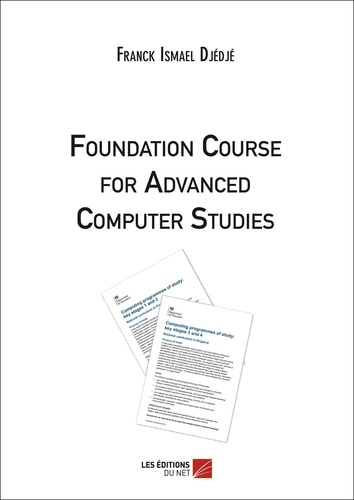
Informatique
Foundation Course for Advanced Computer Studies
11/2015
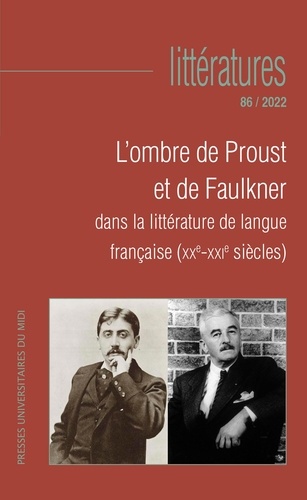
Revues
L’ombre de Proust et de Faulkner dans la littérature de langue française (XXe-XXIe siècles)
09/2022

Objets d'art, collection
The Wider Goldsmiths' Trade in Elizabethan and Stuart London
04/2024

Réseaux informatiques
Windows Server 2022. Les bases indispensables pour administrer et configurer votre serveur
11/2022
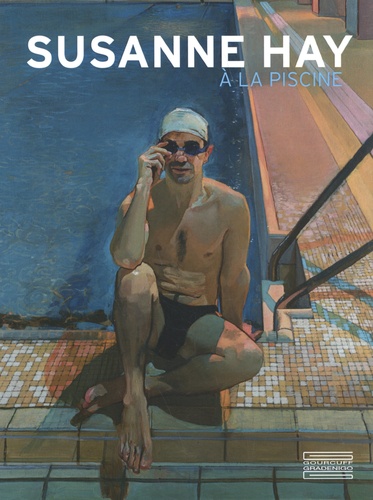
Monographies
A la piscine
12/2021

Rock
Chasse au trésor. 70 disques des 70's à côté desquels vous êtes peut-être passés...
04/2021
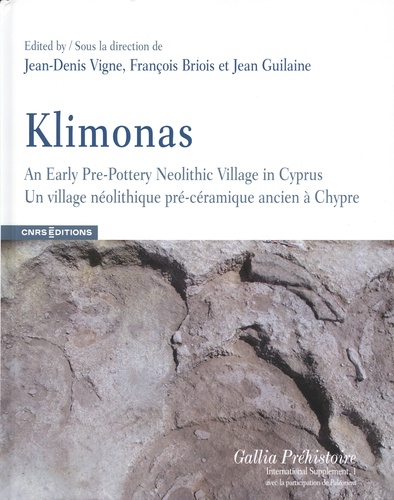
Archéologie
Klimonas. Un village néolithique pré-céramique ancien à Chypre, Textes en français et anglais
07/2023

